Potřebujeme váš souhlas k využití jednotlivých dat, aby se vám mimo jiné mohly ukazovat informace týkající se vašich zájmů. Souhlas udělíte kliknutím na tlačítko „OK“.
ASTM D5381-93(2014)
Standard Guide for X-Ray Fluorescence (XRF) Spectroscopy of Pigments and Extenders
Automaticky přeložený název:
Standardní příručka pro rentgenové fluorescence (XRF) spektroskopie Pigmenty a plniva
NORMA vydána dne 1.7.2014
Informace o normě:
Označení normy: ASTM D5381-93(2014)
Poznámka: NEPLATNÁ
Datum vydání normy: 1.7.2014
Kód zboží: NS-30958
Počet stran: 2
Přibližná hmotnost: 6 g (0.01 liber)
Země: Americká technická norma
Kategorie: Technické normy ASTM
Kategorie - podobné normy:
Anotace textu normy ASTM D5381-93(2014) :
Keywords:
briquette, energy dispersive XRF, extender, inorganic drier, pigment, spectroscopy, wavelength dispersive XRF, X-ray fluorescence, ICS Number Code 87.060.10 (Pigments and extenders)
Doplňující informace
| Significance and Use | ||
|
5.1 The identification of pigments in a sample of liquid paint or paint film is often important for regulatory purposes. Many inorganic pigments or extenders utilized in past paint formulation are now regulated by federal, state, or municipal health authorities. XRF is one of the more common and convenient methods employed to characterize the pigment composition of a paint formulation. 5.2 XRF techniques, in general, do not provide the ability to identify the chemical nature of organic pigments. There are instances where XRF techniques, used in tandem with other analytical methods, such as solid state Carbon 13 Nuclear Magnetic Resonance (C-13 NMR), can identify the organic pigments utilized in coatings. However, XRF provides only an elemental sketch of the inorganic pigmentation. The chemical composition of the pigments is inferred by the analyst from the samples, color, elemental information, and common sense. Small impurities are often found in pigments, so the relative XRF intensities also serve to guide the analyst in proposing the probable pigment present. |
||
| 1. Scope | ||
|
1.1 This guide covers the general considerations for proper use of X-ray fluorescence (XRF) spectroscopy. Because many differences exist between XRF instruments, no detailed operating instructions are provided. The analyst should follow the instructions provided by the manufacturer for his instrument. 1.2 The analyst is encouraged to consult the chemical literature, various trade journals, pigment supplier publications, etc., as well as the instrument manuals from the manufacturer. 1.3 XRF is commonly employed to determine the elements present in inorganic pigments and extenders, often in concert with other analysis techniques. Organic pigments cannot normally be identified solely by XRF. On occasion, organic pigments contain heavier elements that can distinguish between major classes of these pigments or may serve to distinguish one of the two distinct pigments. However, the analyst should be wary of a qualitative pigment identification solely by XRF technique. 1.4 This standard does not purport to address all of the safety concerns, if any, associated with its use. It is the responsibility of the user of this standard to establish appropriate safety and health practices and determine the applicability of regulatory limitations prior to use. For specific hazard information see Section 3 on Radiation Concerns. |
||
| 2. Referenced Documents | ||
|
Podobné normy:
Historická
1.2.2010
Historická
1.6.2012
Historická
1.7.2008
Historická
1.6.2009
Historická
1.2.2012
Historická
1.2.2008
Doporučujeme:
EviZak - všechny zákony včetně jejich evidence na jednom místě
Poskytování aktuálních informací o legislativních předpisech vyhlášených ve Sbírce zákonů od roku 1945.
Aktualizace 2x v měsíci !
Chcete vědět více informací? Podívejte se na tuto stránku.


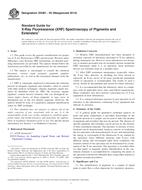
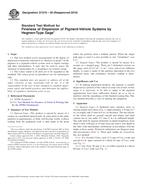 ASTM D1210-05(2010)..
ASTM D1210-05(2010)..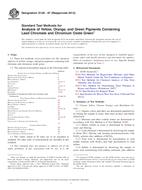 ASTM D126-87(2012)..
ASTM D126-87(2012)..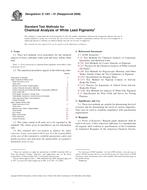 ASTM D1301-91(2008)..
ASTM D1301-91(2008)..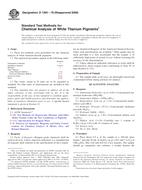 ASTM D1394-76(2009)..
ASTM D1394-76(2009)..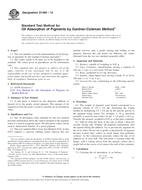 ASTM D1483-12
ASTM D1483-12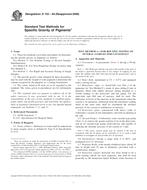 ASTM D153-84(2008)..
ASTM D153-84(2008)..
 Cookies
Cookies
